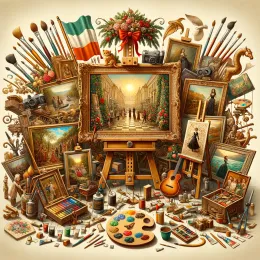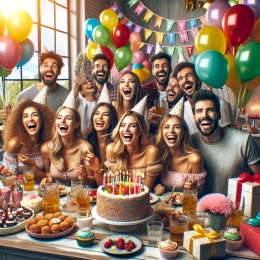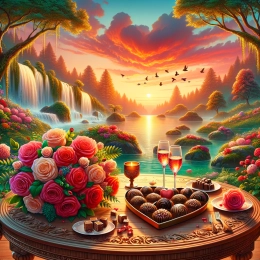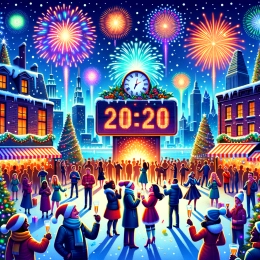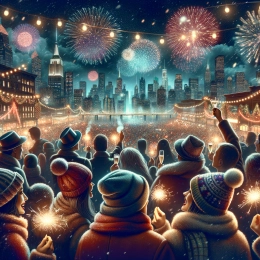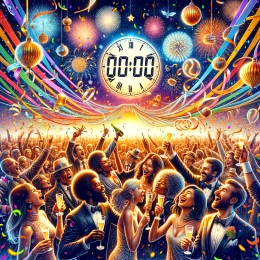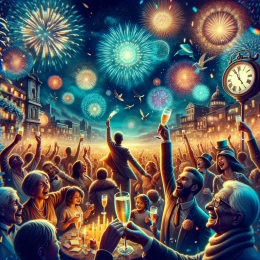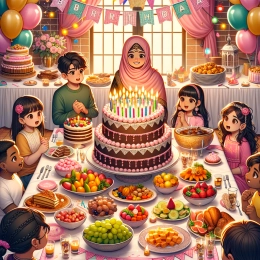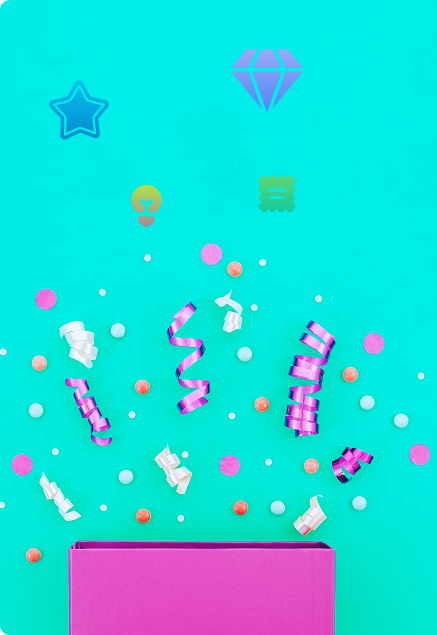





Create a card or greeting about Artist’s Day with AI

Please wait 10–15 seconds while we create your unique greeting. This process ensures full personalization just for you! Do not leave or reload the page to avoid losing progress. Thank you for your patience!
Celebrating Creativity: The Essence of Artist’s Day
Artist’s Day is a global celebration that honors the creativity and passion of artists from all walks of life. This special day serves as a reminder of the profound impact that art has on our culture, society, and personal experiences. From painters and sculptors to musicians and writers, artists inspire us to see the world through different lenses, encouraging self-expression and innovation.
Throughout history, art has been a vital form of communication, transcending language and cultural barriers. On this day, communities come together to recognize the contributions of artists, fostering appreciation and understanding of diverse artistic expressions. Events, exhibitions, and performances are held worldwide, showcasing the talents of both established and emerging artists.
The Importance of Art in Society
Art plays a crucial role in shaping our society. It reflects our values, challenges our perceptions, and provokes thought. Artists often address social issues, giving a voice to the marginalized and inspiring change. Through various mediums, they capture the essence of the human experience, making art an essential component of cultural dialogue.
Moreover, art has therapeutic benefits, providing individuals with a means of coping and healing. Whether through painting, music, or dance, creative expression can alleviate stress and promote mental well-being. This aspect of art is particularly highlighted during Artist’s Day, as communities engage in workshops and activities that emphasize the healing power of creativity.
Global Celebrations and Events
Artist’s Day is celebrated in numerous ways around the world. In cities and towns, local governments and organizations often host events that encourage public participation. These can include art fairs, gallery openings, and live performances that showcase local talent.
Additionally, many schools and educational institutions use this day to promote art education. Workshops, lectures, and interactive sessions allow students to engage with artists and learn about various art forms. This educational aspect is vital in nurturing the next generation of creators and thinkers.
Art Exhibitions and Installations
Art exhibitions are a highlight of Artist’s Day, as galleries and museums open their doors to the public. These exhibitions often feature a mix of contemporary and traditional art, allowing visitors to explore different styles and techniques. From immersive installations to thought-provoking sculptures, these displays celebrate the diversity of artistic expression.
In addition to traditional venues, public spaces are transformed into open-air galleries. Street art and murals become focal points, showcasing the talents of urban artists. This democratization of art makes it accessible to everyone, fostering a sense of community and shared appreciation for creativity.
Workshops and Interactive Activities
Engaging the public through workshops and interactive activities is a significant aspect of Artist’s Day. These events allow individuals of all ages to explore their creative potential. From painting and pottery to dance and music, participants can experiment with different art forms.
These workshops often emphasize collaboration, encouraging participants to work together and share ideas. This communal approach not only enhances creativity but also builds connections among individuals, fostering a sense of belonging within the artistic community.
Spotlight on Emerging Artists
Artist’s Day also serves as a platform for emerging artists to gain recognition and showcase their work. Many events feature competitions and showcases that highlight the talents of up-and-coming creators. This exposure is invaluable, as it can lead to opportunities for further development and career advancement.
Mentorship programs are often established during this time, pairing seasoned artists with novices. This exchange of knowledge and experience is crucial for nurturing talent and ensuring the continuity of artistic innovation.
Art and Technology
The intersection of art and technology is increasingly prominent in contemporary celebrations of creativity. Digital art, virtual reality, and interactive installations are becoming common features of Artist’s Day events. These modern mediums allow artists to push boundaries and explore new dimensions of creativity.
Workshops focusing on digital art and design are particularly popular, as they equip participants with skills relevant to the evolving art landscape. This fusion of art and technology not only broadens the scope of creative expression but also prepares artists for future opportunities in an increasingly digital world.
Community Involvement and Support
Community involvement is at the heart of Artist’s Day celebrations. Local businesses, schools, and organizations often collaborate to support events and initiatives. This collective effort fosters a sense of pride and ownership within the community, highlighting the importance of art in local culture.
Moreover, supporting local artists through purchasing their work or attending events contributes to the sustainability of the arts. Communities that prioritize art and creativity often experience economic benefits, as cultural tourism and local engagement thrive.
Art as a Tool for Social Change
Many artists use their work as a means to address social issues and advocate for change. Artist’s Day provides a platform for these voices to be heard, as exhibitions and performances often tackle themes such as equality, justice, and environmental awareness.
Through their art, these creators challenge societal norms and inspire action. The impact of their work can resonate far beyond the day of celebration, sparking conversations and movements that promote positive change.
Art and Mental Health
The relationship between art and mental health is increasingly recognized, particularly during celebrations like Artist’s Day. Creative expression has been shown to reduce anxiety, depression, and stress, making it a valuable tool for mental well-being.
Many events focus on the therapeutic aspects of art, offering workshops that promote mindfulness and self-exploration. Participants are encouraged to use art as a means of processing emotions and experiences, fostering a deeper understanding of themselves and their surroundings.
Celebrating Diversity in Art
Artist’s Day is a celebration of diversity, showcasing a wide range of artistic styles and cultural backgrounds. This inclusivity enriches the artistic landscape, allowing for a more comprehensive understanding of global creativity.
Events often feature artists from various cultures, highlighting the unique perspectives they bring to their work. This celebration of diversity not only enhances the richness of the arts but also promotes empathy and understanding among different communities.
Future of Artist’s Day
As Artist’s Day continues to evolve, its significance in promoting art and creativity remains steadfast. With the rise of digital platforms and global connectivity, the celebration is likely to reach even broader audiences in the future.
Innovative approaches to engaging the public, such as virtual events and online exhibitions, will further enhance accessibility and participation. This evolution reflects the changing landscape of art and the importance of adapting to new mediums and technologies.
Conclusion
Artist’s Day stands as a testament to the power of creativity and the enduring impact of art on our lives. As we celebrate the talents of artists around the world, we are reminded of the importance of nurturing creativity in ourselves and our communities. Through appreciation, engagement, and support, we can ensure that the spirit of artistic expression continues to thrive for generations to come.
Best Examples of wishes


FAQ

Interesting Articles and Tips for holidays and wishes

How to Make Digital Invitations for Your Next Party

Top Tips for Creating Personalized Greeting Cards Online

Best Wishes: Crafting Unique Birthday Greetings Easily
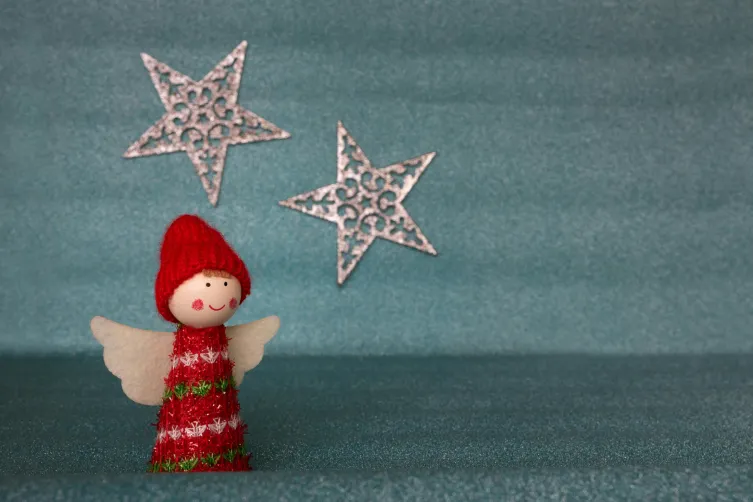
Why AI Enhances Creativity in Writing Holiday Greetings

Celebrate Milestones with AI-Powered Congratulation Cards
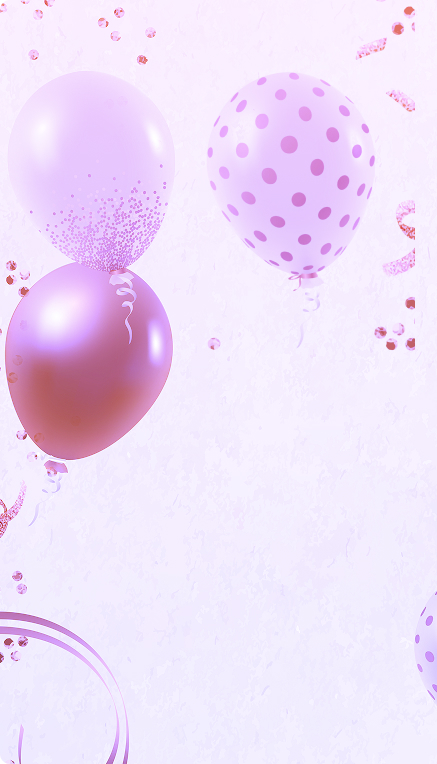
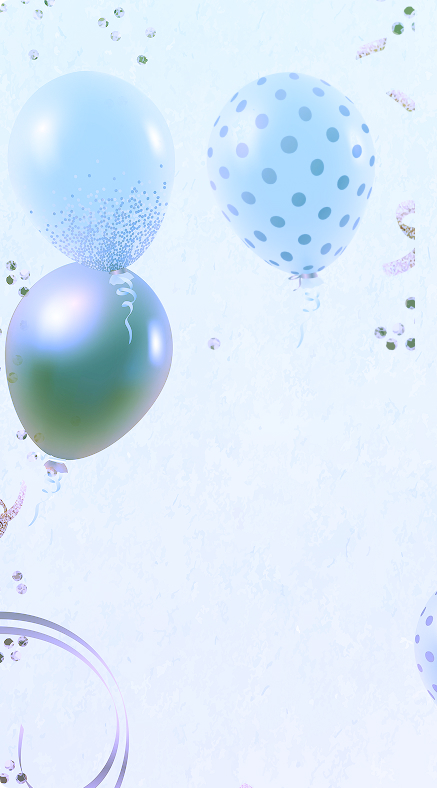
Ваш отзыв добавлен!





